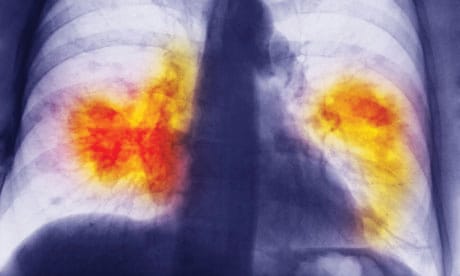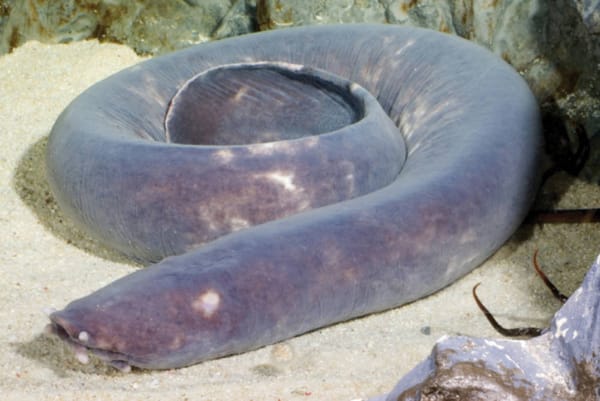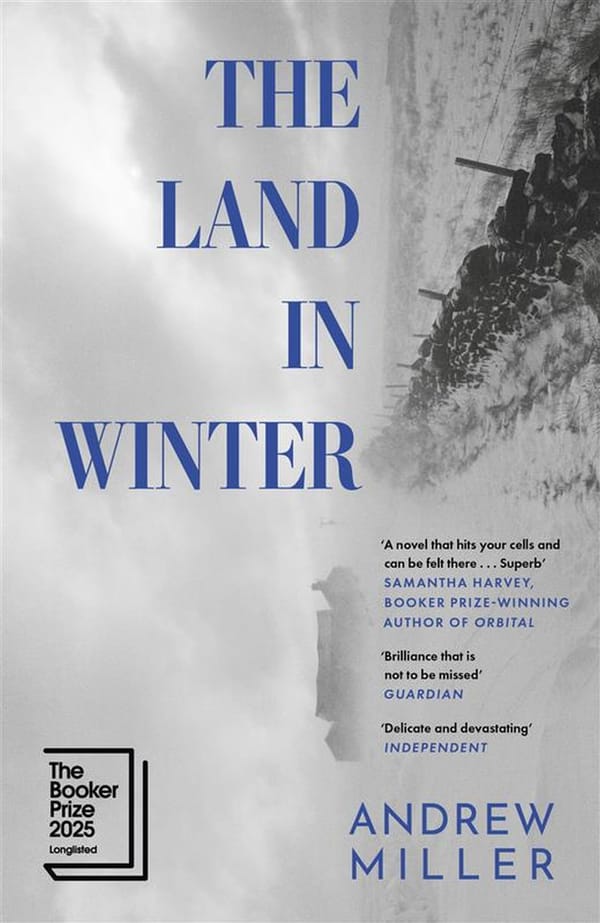A rising cancerous tide
Gavin Metcalf details the concerning rise of European lung cancer cases

Lung cancer, particularly non-small cell lung cancer (NSCLC), is one of the most common forms of cancer globally, with a very poor survival rate: less than six per cent of people diagnosed reaching five-years post-diagnosis.
When one thinks of lung cancer a variety of thoughts come to mind, the foremost thought being smoking, and this is certainly a large risk factor. So much so that it is reported that lung cancer will overtake breast cancer as the largest cause of female cancer death in Europe by 2015. This has already been seen in Britain and Poland, with lung cancer leapfrogging breast cancer as the main cause of female cancer death.
The surge is attributed towards the number of women who started smoking in the 1960’s and 1970’s say researchers from the University of Milan.
The Europe-wide study by Professor C.L. Vecchia reports that despite an overall decline in cancer deaths, mortality rates from lung cancer among women continues to rise across the continent, up seven percent to around 82,000 since 2009.
Lung cancer will overtake breast cancer as the leading cause of female cancer death
Professor F. Levi, from the Institute of Social and Preventive Medicine in Switzerland, has told Cancer Research UK: “The Key message for EU national governments is tobacco control, particularly among middle-aged men and women — the European generations most heavily exposed to smoking. “If more people could be helped and encouraged to give up smoking, or not to take it up in the first place, hundreds of thousands of deaths from cancer could be avoided each year in Europe.”
The lung cancer death rate is suggested to continue on its upward trend for the next few years — but with fewer young European women now starting to smoke, it should plateau sometime after 2020. There is hope yet.
For more information on how to stop and save your lungs from a cancerous, tar-clogged demise visit smokefree.nhs.uk.









